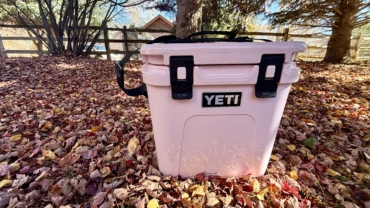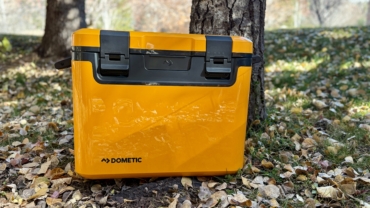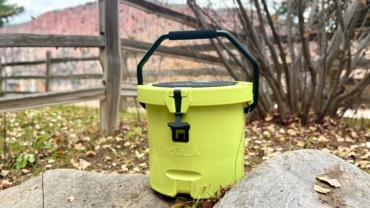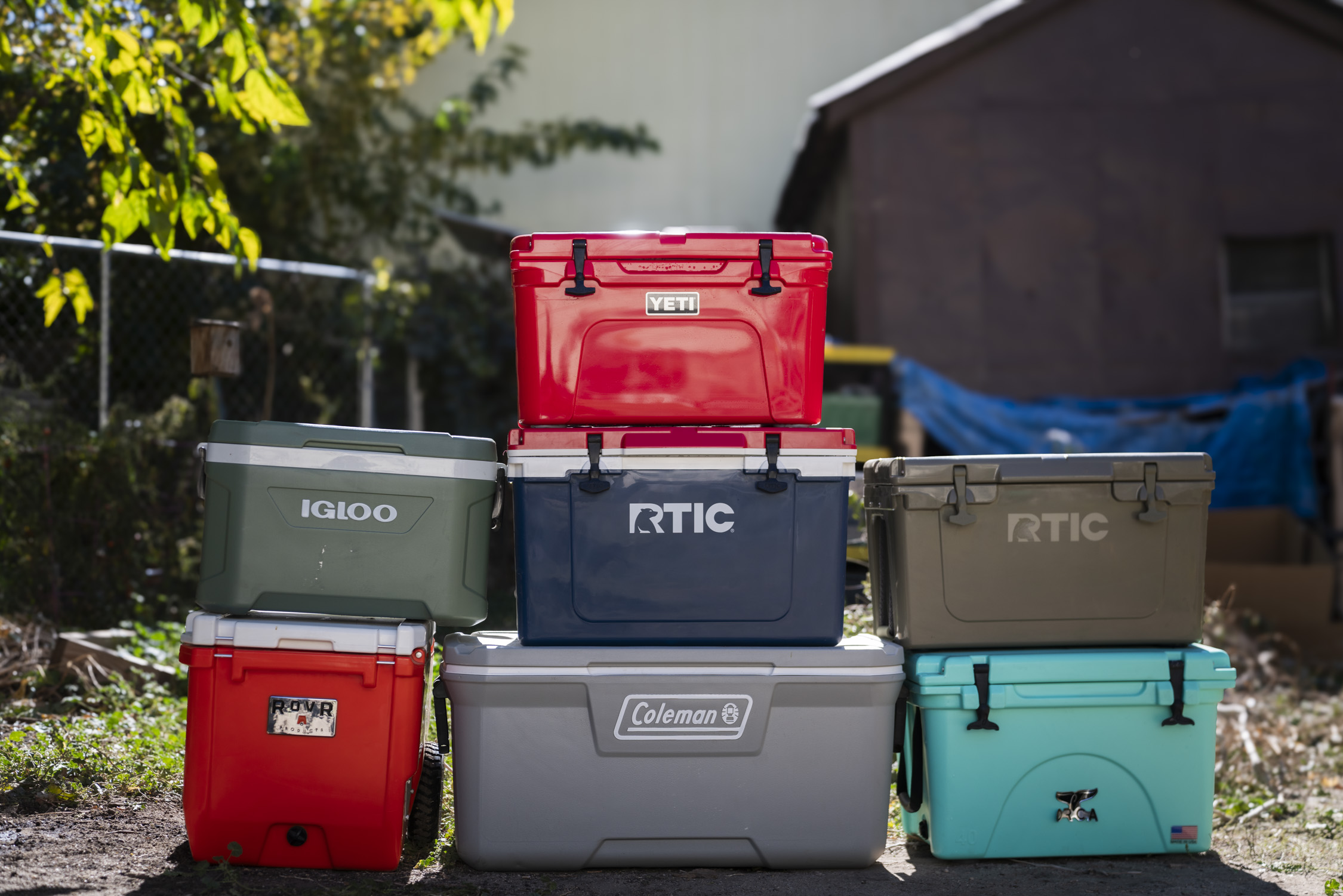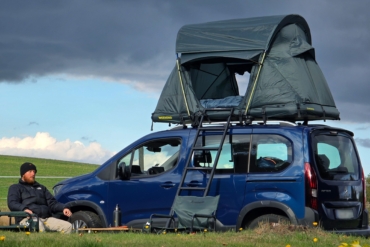Car camping is a far cry from backpacking because you don’t have to carry all your gear on your back. Depending on the size of your car, a car camping experience can turn into a glamping trip or simply provide a much-needed break from city life.
Because relaxation is a part of the car camping experience, too much gear can quickly become a burden. Start off with our camping essentials checklist, and then modify it to fit your personal car camping needs.
Campsite Essentials
Car camping allows for more extravagance in the campsite setup and makes base camp extra homey. Because you don’t have to carry your gear in, the weight and size of your gear are less important.
Tent
The tent will be decided by capacity, season, and frequency of use. For instance, if backpacking and car camping are both frequent activities, get a dual-purpose tent.
For standard car camping, keep the budget down and have a super-easy setup with something like Decathlon’s Quechua 2-Second Tent. For something functional enough for backpacking as well, Big Agnes’ Big House 4 is a great option.
Need a tent? Check out our best camping tents article here.

Sleeping Pad
For the ultimate level of sleep luxury, a good car camping sleeping pad will approach the comfort of many regular mattresses. The Therm-a-Rest MondoKing 3D is a comfortable option, but if you’re on a budget, Coleman’s self-inflating pad for $44 will get the job done.
Consider using a standard blow-up mattress if space allows. Be warned, though, that pure air mattresses offer little to no insulation, so check the R-value of your mattress if the weather is at all cool.
Sleeping Bag
Finding the right sleeping bag can also make or break your outdoor overnight experience. If you want to invest more money in one or two things, your sleeping pad and bag should be your top two choices.
Sleeping bags are an important subject, so if you’re in the market, check out our article on the best sleeping bags here.
Camp Kitchen
The cooking setup can be as simple as a canister backpacking stove, fuel, lighter, pot, bowls, cups, eating utensils, water, and your choice of food. But you have a car handy — you don’t need to keep it sparse.
With some extra gear — like a dual-burner stove, cooler, and your standard cooking supplies — get gourmet with camp meals. Just remember to bring everything, down to the spices and cooking oil.
For easier post-meal cleanup, a camp kitchen or water basin, trash bags, soap, sponge, and a dish towel or paper towels will definitely come in handy.
It’s easy to forget the little extras for your kitchen gear because you don’t have to think about them at home. One way to avoid forgetting anything is storing all your camp kitchen supplies in one box together so when you’re packing you can just do quick refills as needed and chuck the whole container in the car.
If you want to try your hand with more involved campfire cooking, consider bringing along a Dutch oven or some tinfoil to create personal food pouches to bake in the fire.

Clothing
Depending on the weather, the clothing can range from a few basics to lots of extra layers. As a baseline, you’ll at least want underwear, socks, a light jacket, a long-sleeve shirt for bugs or sun, sleepwear, a few T-shirts and pairs of shorts, and sturdy shoes.
In colder or rainy weather, pack some warmer layers, waterproof clothing, a warm hat, and gloves. Remember that even if it’s warm during the day, it may still get colder in the evening or morning. So it’s a good idea to check the weather ahead of time to be prepared.
When in doubt, pack that extra layer beyond what you think you’ll need. Worst case, it stays in your car and you don’t need it. But if it gets colder than you expected, that extra warmth can be a game-changer.
You may also want to consider bringing a pair of comfy camp sandals or slippers with a rubber bottom. You can easily just have your hiking shoes, but after an active day outside, it’s nice to get out of your bulky shoes and let your feet relax.

Personal Hygiene & Safety
Aside from the basics like toothbrush and toothpaste, deodorant, and toilet paper, you have a lot of other options to keep you clean while off the beaten path. Some established campsites will have showers available (bring shower shoes), but for those that don’t, you can bring baby wipes, full-body wet wipes, hand sanitizer, dry shampoo, or a camp shower.
When it comes to safety, a fully stocked first-aid kit is essential. Be sure to include bug repellent, sunscreen, and any prescription medications, as most first-aid kits don’t include them.
If your site doesn’t have a bathroom, you’ll also want to add a trowel for digging catholes when nature calls. Even if the place does have a bathroom, I recommend still bringing an extra roll of toilet paper just in case the area runs out — especially for dry campsites or boondocking.
Tools
Along with your vehicle toolkit, tent pole repair tools, mattress repair kits, a mallet, and a hatchet or axe are all good to add to the essential car camping list. If you’re bringing your own firewood, you may not need an axe or hatchet. Be sure to buy firewood locally so you don’t introduce any new invasive critters to the area.
For added comfort, especially if you plan to camp for more than a few days, a mini broom and dustpan are great for keeping the tent clean.

Camp Comfort
Now that you have the car camping essentials, it’s time to have fun with all the extras. Some personal favorites might be a deck of cards, a camera, a journal, a book, or a hammock.
Some other camp classic activities include frisbee, stargazing, or a day hike.
Packing Tips
For frequent car campers, the most efficient way to manage your gear is to have a designated camping box (or two) for everything. Pack up your car in sections so you can find things more easily when it’s time to set up.




